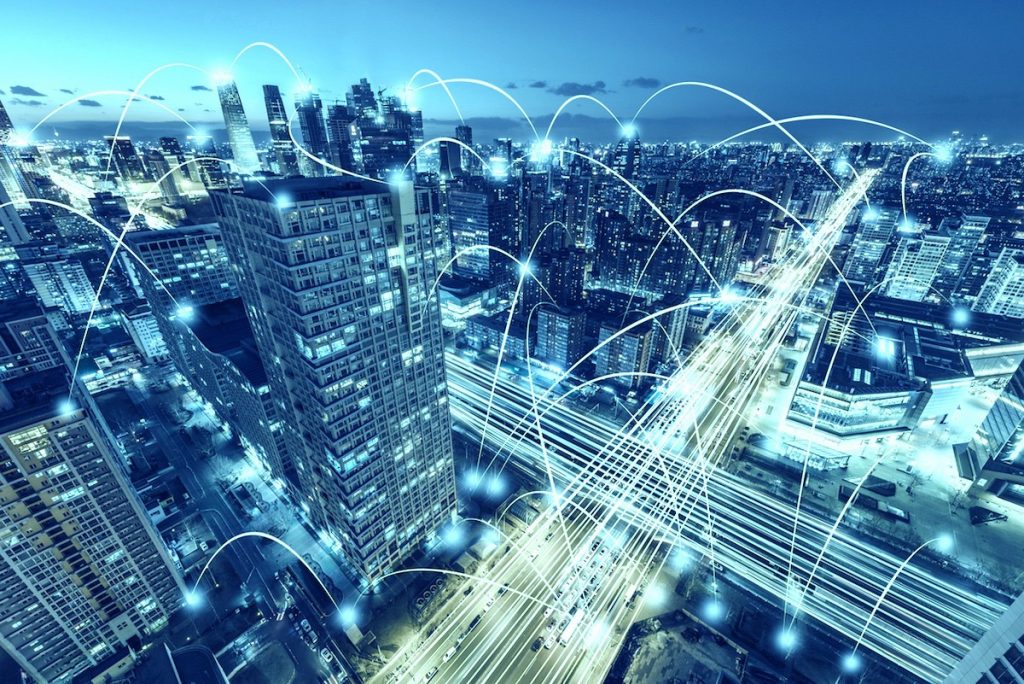Smart buildings are becoming the new norm in many countries because of the awareness about the conservation of energy. A recent research shows that the smart building market will grow at a CAGR of more than 23% during 2020 to 2025. This market is highly driven by the adoption of latest technologies like the Internet of Things (IoT), edge computing, and artificial intelligence (AI).
As the concerns related to energy costs and conservation continues to rise, the demand for intelligent building solutions has increased. In most of the cities, nearly 70% of the energy is consumed by buildings, contributing to 30% of the greenhouse gas emissions. In such an arena, the smart buildings enable eco-friendly infrastructure, energy efficiency, and a convenient environment for the users. The advancements in smart building technology also reduce the carbon footprint significantly.
What are smart buildings?
The buildings powered by intelligent technologies, rich data analysis in real-time, and automation to optimize energy consumption, building performance, and provide a more convenient living can be defined as the smart buildings.
Almost every element of an IoT smart building is connected to deliver data for analysis, which is analysed in real time, and then the responses are triggered instantly.
How are building automation systems revolutionizing the future?
The building automation systems are already here to transform the future of living, working, and optimizing the use of available resources. Along with improving energy conservation, the smart building solutions are also developing more feasible living conditions.
Intelligent building management system can sense the occupancy in a room, adjust the temperature accordingly, manage usage of electrical equipment on the basis of the presence of people, and save energy significantly. The IoT-powered sensors are integrated in every part of a building, such as rooms, elevators, parking lots, doors, etc. In case there is some issue or defect anywhere, these sensors and systems can automatically inform the technicians for a faster and economical fix.
The smart buildings are also good for safety and security. For instance, if there is fire in any apartment of the building, the connected devices will sense it and seek required response instantly before the fire spreads to the entire building.
Additionally, smart buildings optimize the utilization of water. The data collected in real time helps the residents to take required action to optimize things, such as daily water consumption in the building.
A fine example of smart building technology
An employee reaches the office building on time and looks for vacant space to park his car. When the building is smart, he can check the vacant slots using the mobile app and drive the car right to that vacant spot, even if there are hundreds of cars already parked in the area.
When the employee is parking the car, the connected devices will prepare his workstation, adjust the appropriate temperature in his cabin, set the lighting, etc. When he leaves the office for his home, the air conditioner, lights, fan, etc. will be switched off without any effort from him or even if he forgets to do these things.
If it’s a humid day out there, the air conditioning in the building will be automatically taken care of. Gone are the days of humid and stuffy air in the rooms. An IoT smart building can save up to 70% of electricity consumption.
Wrapping up:
As the IoT market becomes more mature, we will see more advancements, new opportunities, lower energy and maintenance costs, stronger security, and a sustainable future. The trend of smart building technology is undoubtedly a friend.
